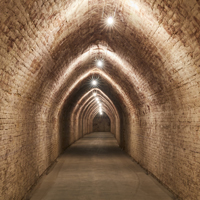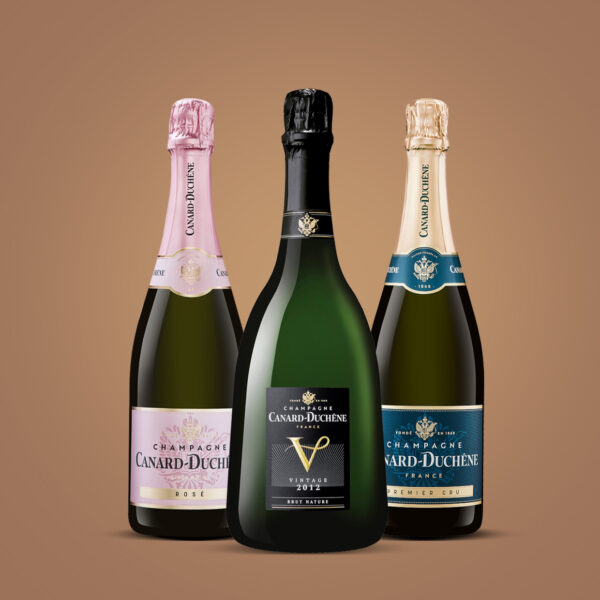The Mag
Everything you need to know about the champagne-making process!
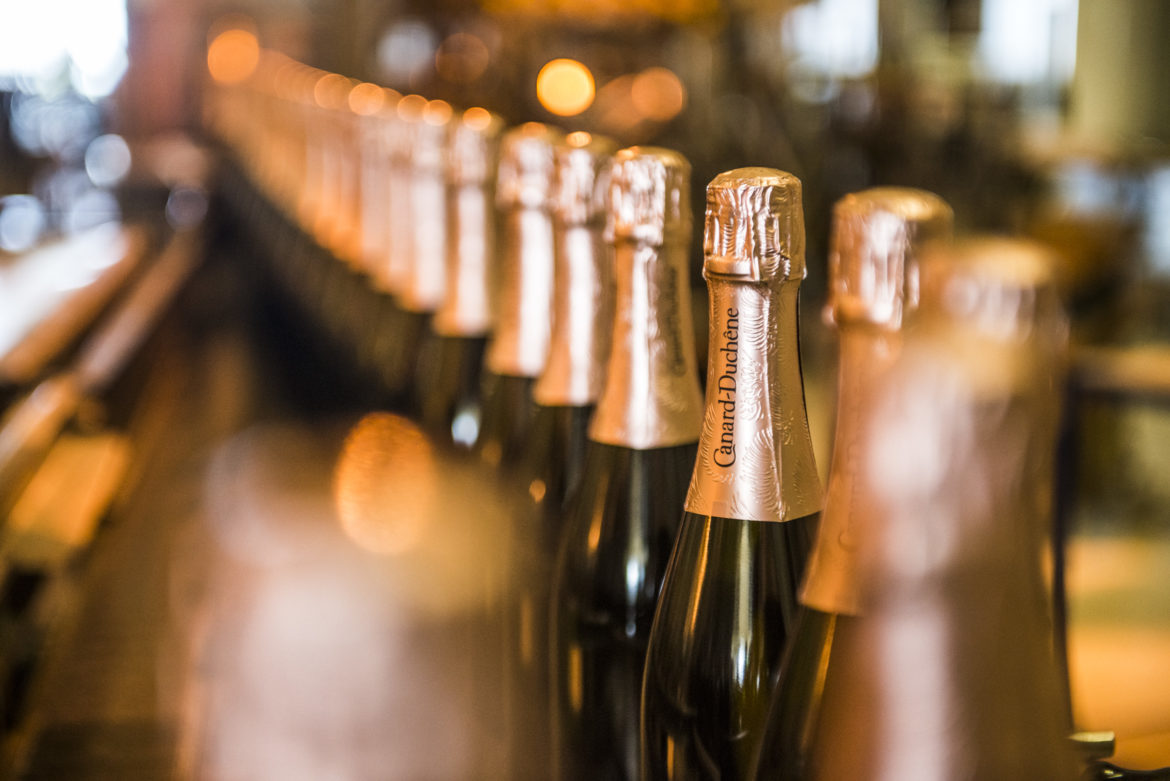
Developed by ecclesiastics in the 17th century, the making of champagne has evolved over time but the original principles have changed very little. This is what makes this sparkling wine so unique, a mixture of tradition, complexity, alchemy and human inspiration. The story of an exceptional wine.
It all starts with
the harvest
It usually takes place in September but can vary from August to October. It is the maturity of the grapes that gives the La. It is important to know that in Champagne the harvest is done exclusively by hand. Once harvested, the grapes are pressed, vintage by vintage, variety by variety. This stage is already essential and it is better for the quality of the champagne to benefit from a long and soft pressing than a short and violent pressing.
The grape juice is then bottled and placed in vats and left to ferment for a fortnight at a temperature of around 18°. This is where the process of transforming sugar into alcohol begins. It is indeed at this first stage that the yeasts contained in the grapes and the sugar will be transformed into carbon dioxide and alcohol.
Assembling,
the human being at the heart of choices
It is the men and women who take over the work of nature because it is them who will assemble the different vintages to balance and even sublimate what nature has not managed to offer. This is how they blend wines with different characteristics or grape varieties (such as Pinot Meunier) with complementary personalities. We will find millesimes vintages, grapes that are the fruit of an exceptional year and that we keep as they are. We may also find a single grape variety (Chardonnay, Pinot noir, Pinot meunier or a vintage from one terroir).
Tirage and prise de mousse
From the 1st January of the year after the harvest, we can start adding a liqueur known as tirage, to this champagne wine. It is composed of sugar, yeast and a stirring additive. The bottles are recorked and placed again in cellars at a constant temperature of 12°. They are left to rest for a minimum of 15 months before being bottled, but can take up to 10 years for certain millesimes vintages. On average, the bottles stay between 2 and 3 years.
It is after all this time
that the stirring occurs...
After this time has passed, deposits appear in the wine that have formed during the fermentation process. The riddling or stirring, traditionally done by hand, will bring them progressively to the neck of the bottle where they will be eliminated during disgorging. In the meantime, the bottles are moved regularly from the prone position to the upside down position.
Time
for disgorgement
This deposit now concentrated at the neck of the bottle can be evacuated by a mechanical disgorging process which consists in plunging the neck in a solution at -27° thus forming an ice cube which traps the deposits. When it opens, the internal pressure ejects the ice cube and the sediment with it. Then comes the dosage stage: a liqueur d’expédition (a mixture of reserve wine and cane sugar) is added to the champagne. It will determine the type of wine we want to obtain, from the least sweet (Extra brut) to the sweetest (Doux) and the intermediate Demi-sec.
The wine is then corked and “shaken” before being placed back in the cellar for a new rest period of varying length. It will then be shipped to the four corners of the world where it will be tasted around English or Chinese tables.
These articles may be of interest to you
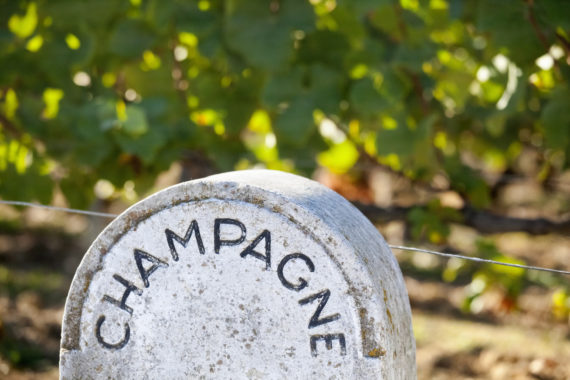
Knowledge
What is the origin of champagne?
At the origin of champagne, there is a man, a certain Dom Pérignon. This Benedictine monk from Hautvillers Abbey near Epernay is known…
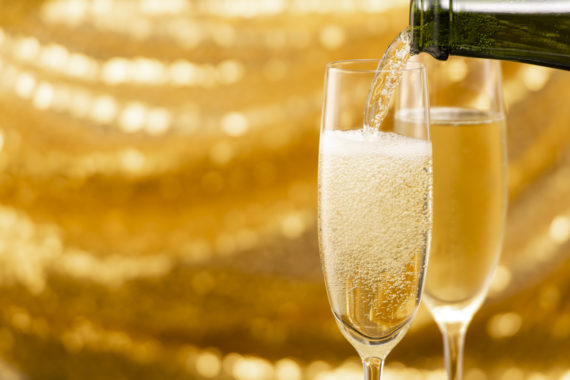
Knowledge
Everything you need to know about champagne dosage!
The final and essential step in the elaboration of champagne, the dosage is the moment when a tiny quantity of liqueur is added…



